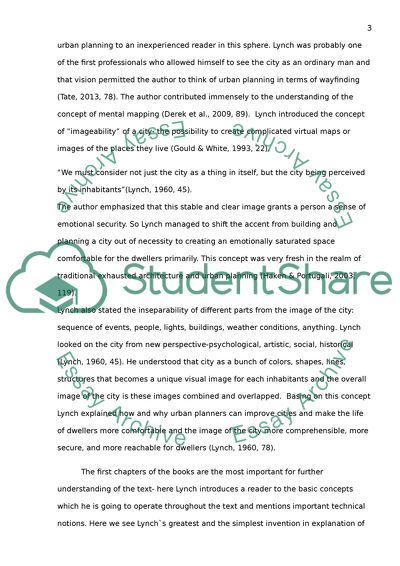Cite this document
(The Image of the City by Kevin Lynch and The World in a Shopping Mall by Margaret Crawford Essay Example | Topics and Well Written Essays - 1500 words, n.d.)
The Image of the City by Kevin Lynch and The World in a Shopping Mall by Margaret Crawford Essay Example | Topics and Well Written Essays - 1500 words. https://studentshare.org/journalism-communication/1877827-critical-analysis-of-two-texts
The Image of the City by Kevin Lynch and The World in a Shopping Mall by Margaret Crawford Essay Example | Topics and Well Written Essays - 1500 words. https://studentshare.org/journalism-communication/1877827-critical-analysis-of-two-texts
(The Image of the City by Kevin Lynch and The World in a Shopping Mall by Margaret Crawford Essay Example | Topics and Well Written Essays - 1500 Words)
The Image of the City by Kevin Lynch and The World in a Shopping Mall by Margaret Crawford Essay Example | Topics and Well Written Essays - 1500 Words. https://studentshare.org/journalism-communication/1877827-critical-analysis-of-two-texts.
The Image of the City by Kevin Lynch and The World in a Shopping Mall by Margaret Crawford Essay Example | Topics and Well Written Essays - 1500 Words. https://studentshare.org/journalism-communication/1877827-critical-analysis-of-two-texts.
“The Image of the City by Kevin Lynch and The World in a Shopping Mall by Margaret Crawford Essay Example | Topics and Well Written Essays - 1500 Words”. https://studentshare.org/journalism-communication/1877827-critical-analysis-of-two-texts.


